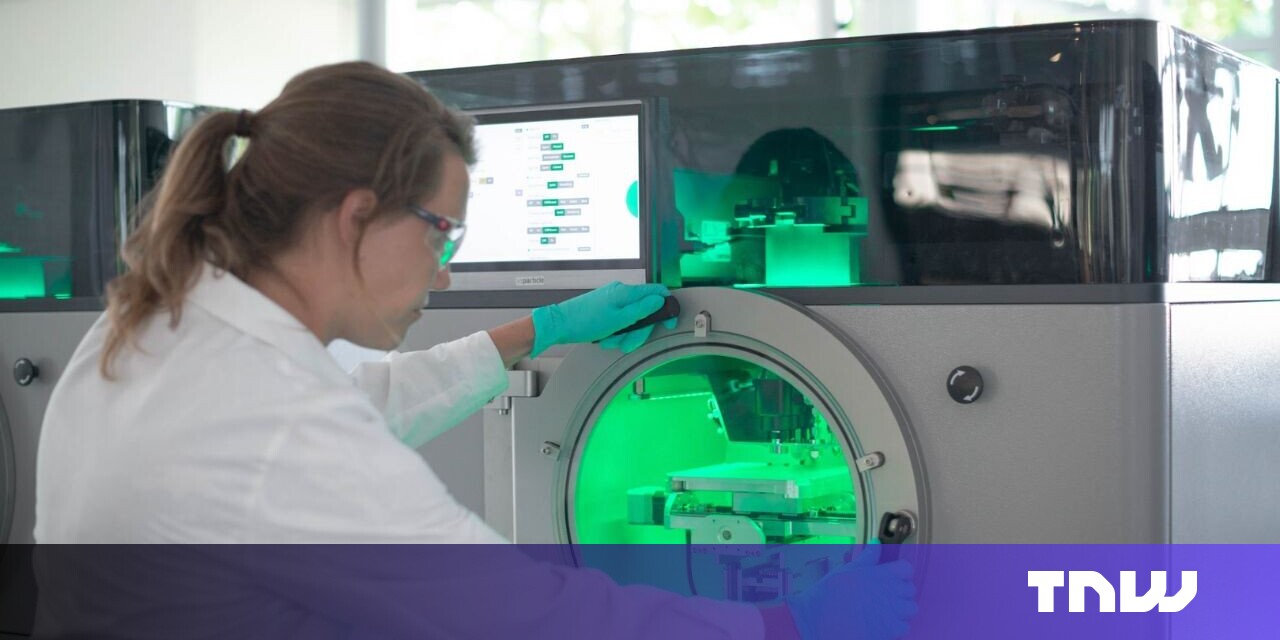Nanoprinter Transforms Meta’s AI Predictions into Revolutionary Materials

Innovative AI-Generated Nanomaterial Recipes
Recently, Meta has collaborated with a Dutch company, VSParticle (VSP), providing them with unique instructions for creating nanoporous materials. These instructions are generated through artificial intelligence (AI) and are not related to cooking. Instead, they are aimed at developing new materials that can significantly advance the green transition and promote sustainable technology.
Creating Electrocatalysts
So far, VSP has received 525 AI-generated recipes and has successfully transformed them into nanomaterials called electrocatalysts. According to predictions made by Meta’s algorithms, these electrocatalysts are promising candidates for removing carbon dioxide (CO2) from the atmosphere and converting it into usable products such as methane and ethanol. VSP utilized a specialized nanoprinter to bring these AI predictions to reality. This machine vaporizes materials before applying them in ultra-thin nanoporous layers.
Role of Electrocatalysts
Electrocatalysts are crucial because they accelerate chemical reactions that involve electricity. They can be employed in various processes, such as:
- Splitting water into hydrogen and oxygen
- Converting CO2 into renewable fuels
- Operating fuel cells for energy generation
By enhancing these processes, electrocatalysts contribute to energy efficiency and the advancement of clean energy technologies like hydrogen production and state-of-the-art batteries.
Accelerating Material Creation
Traditionally, developing a new nanomaterial can take scientists up to 15 years, but VSP has significantly reduced this timeline. “We’ve synthesized, tested, and validated hundreds of nanomaterials at a scale and speed never seen before,” remarked Aaike van Vugt, the co-founder and CEO of VSP. This innovation allows researchers to quickly validate AI-generated predictions and discover cost-effective electrocatalysts that would have normally taken years to find via traditional research methods.
Collaborative Testing and Data Sharing
Once produced, each batch of new materials is sent to a laboratory at the University of Toronto for testing. The results from these tests are compiled into an open-source database, enabling further refinement of AI models and enhancing their predictions related to new material combinations.
Potential of AI in Material Discovery
To reach a deeper understanding of material discovery, AI models require vast datasets, potentially involving tens or hundreds of thousands of tested materials. Van Vugt explained that VSP’s unique equipment is designed to synthesize a large array of thin-film nanoporous materials within a manageable time frame, approximately two to three years.
This capability could pave the way for an AI system comparable to Google DeepMind’s AlphaFold, which solved a longstanding challenge in protein biology. If VSP can achieve this, it positions the company advantageously in the competitive tech landscape, where major players like Google and Microsoft are striving to develop AI technologies to address global issues, including climate change.
Partnerships and Future Developments
VSP is actively collaborating with various institutions to enhance its dataset and refine its technology. Notable partners include Sorbonne University Abu Dhabi, the Lawrence Livermore National Laboratory in San Francisco, the Materials Discovery Research Institute in Chicago, and the Dutch Institute for Fundamental Energy Research (DIFFER).
In addition, VSP is focused on improving the speed and efficiency of its nanoprinter. Currently operating at 300 sparks per second, the team is developing an upgraded version that could reach 20,000 sparks per second. Such advancements could further accelerate material development processes.





